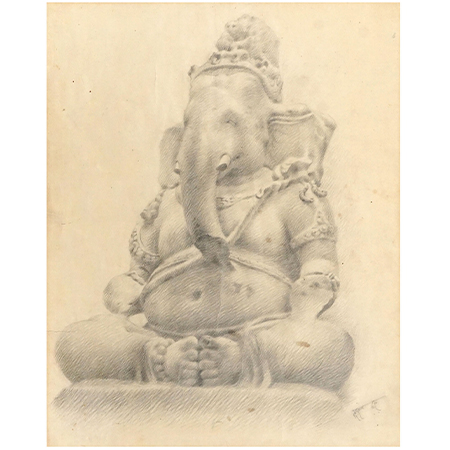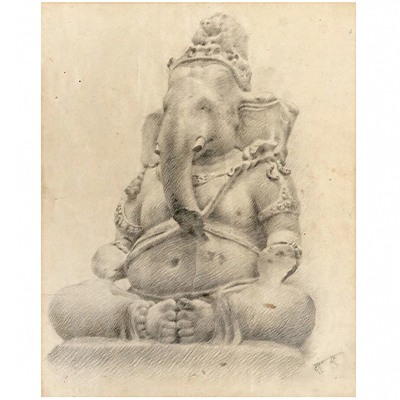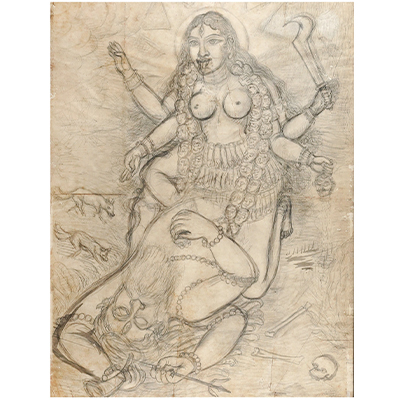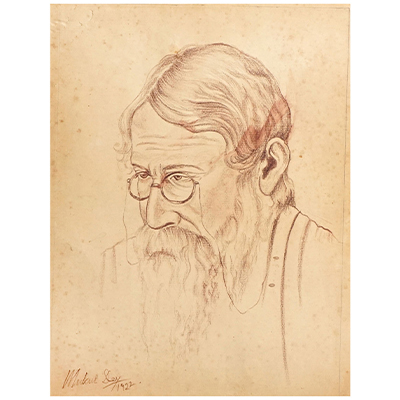Artists Profile

Mukul Chandra Dey
(1895 - 1989)Born in India in 1895 under the British Raj, Mukul Chandra Dey was a pioneer of drypoint etching during the time of the Indian independence movement and subsequent nation-building period. In his early years, he received his first artistic training while studying at Rabindranath Tagore’s school at Santiniketan. At the age of 21, Dey began travelling internationally to study print-making techniques. In 1916, he travelled to Japan with Rabindranath Tagore to study under the artists Yokoyama Taikan and Kanzan Shimomura. During his stay, Dey was also introduced to Pan-Asianism, an early twentieth-century movement and ideology that advocated solidarity amongst Asian nations against Western imperialism. Later that same year, Dey travelled to Chicago to study etching with Bertha Jaques and became a lifelong member of the Chicago Society of Etchers. In 1920, he traveled to the United Kingdom studied at Slade School of Fine Art and the Royal College of Art in London. He returned to India bringing with him both a knowledge of Western print-making techniques and a familiarity with the British system for art pedagogy.
Dey became a leading figure of the Bengal School of Art, which sought to develop a national style that at once drew on and modernized India’s rich artistic heritage in support of the Swadeshi movement for Indian self-sufficiency and independence. Dey’s artworks represent his hope to decolonize Indian art and restore Indian national pride.
He died in 1989.


